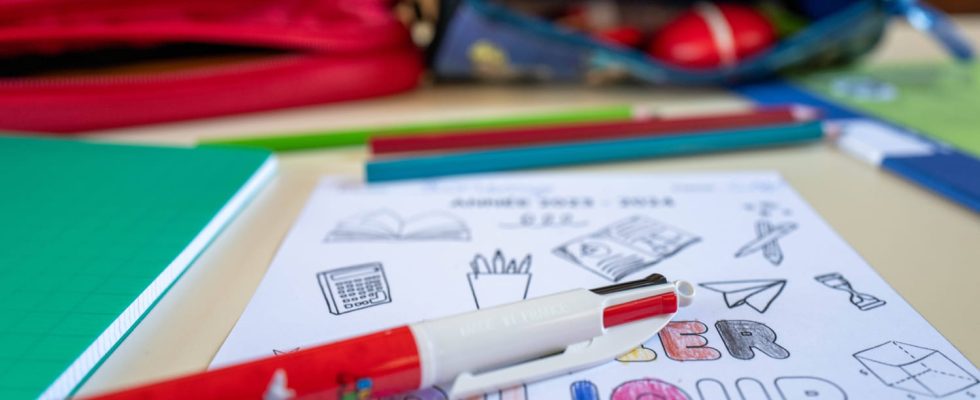Teachers will have to integrate the “Singapore method” into primary schools. Here’s what you need to know.
France will therefore adopt the Singapore method to teach mathematics at school, as announced by the Minister of National Education, Gabriel Attal, on December 5. What is it about ? Originating in Singapore, as its name suggests, this education system rethinks the way students approach and absorb mathematical concepts, focusing on in-depth understanding rather than simple memorization. It should be integrated into learning between CE1 and CM2.
The objective is to move the students from the “concrete”, to the “pictorial” then to the “abstract”, that is to say to appropriate the numbers and symbols, in particular to understand fractions. The principles and pillars of this Singapore method are as follows:
Visual and concrete approach: At the heart of the Singapore Method is the use of concrete materials and visual illustrations to help students understand mathematical concepts. Number bars, drawings, sticks and diagrams are used to represent problems and operations, providing a tangible view of mathematical abstractions.
Learning in stages: The Singapore Method divides mathematical concepts into clear, progressive steps, allowing students to build their understanding step by step. Each level builds on the foundations previously established, promoting a solid mathematical foundation.
Problems solving : Rather than focusing solely on solving techniques, this method encourages students to solve problems creatively and logically. It emphasizes understanding the “why” behind solutions, thereby promoting the development of critical thinking skills.
Compared to traditional methods of teaching mathematics, the Singapore Method has several advantages: Students in the Singapore Method appear to understand mathematical concepts at a deeper level. They are able to solve complex problems by applying their understanding, rather than simply following rote-learned formulas. This method emphasizes understanding mathematical principles. This encourages students to explore different approaches to solving a problem, fostering their creativity and resilience in the face of mathematical challenges.
The Scientific Council of National Education (CSEN) has already issued recommendations in the direction of more manipulations. This concrete approach is reminiscent of the Montessori method.
The Singapore approach to mathematics has been adopted by many countries around the world for its convincing results. Studies have shown that students trained this way tend to be better at math.
In the United States, United Kingdom, Australia and many other countries, textbooks and teacher training courses have also been developed to integrate this innovative approach into education systems.
